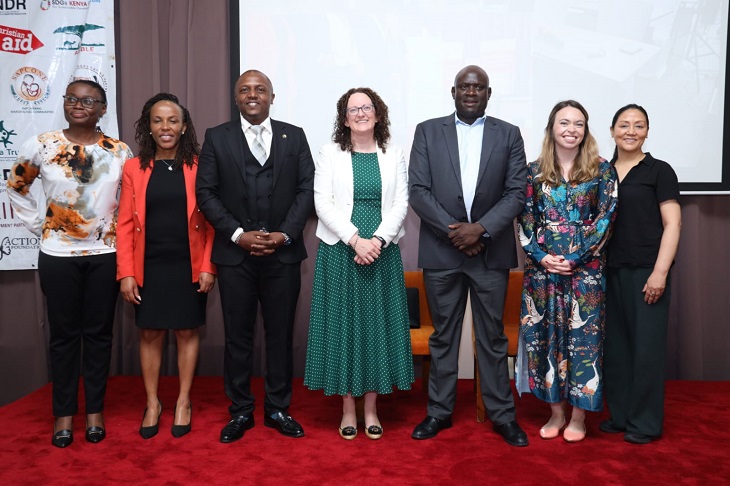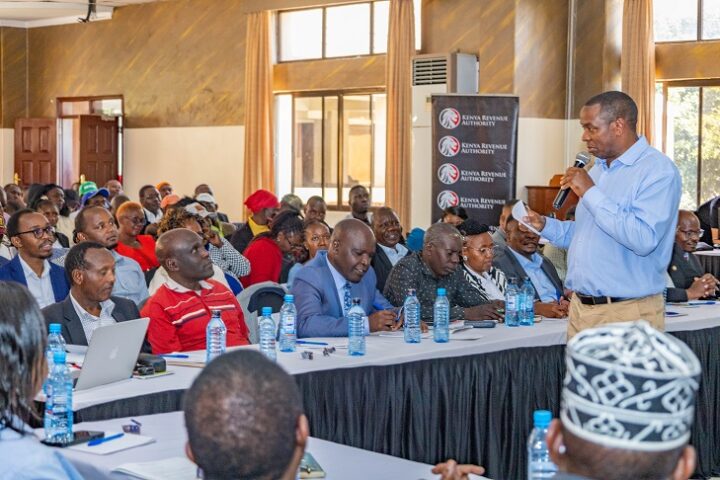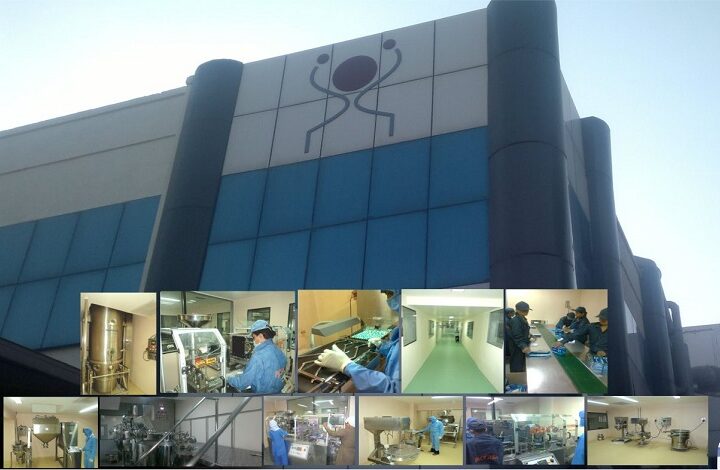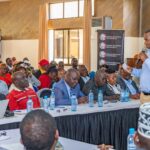The Charter for Change initiative in Kenya has ignited a strong call for the aid sector to pivot toward a localized approach, spotlighting the need for more community-centered solutions to improve the impact of humanitarian and development support.
With a focus on directing resources and decision-making power closer to the communities in need, stakeholders argue that localized aid not only addresses immediate needs more effectively but also builds a foundation for long-term, sustainable progress. This shift, they say, will transform the effectiveness of Kenya’s aid systems by putting resources directly in the hands of those who understand local challenges best.
The concept of localization emphasizes creating equitable partnerships between international non-governmental organizations (INGOs) and local actors, such as grassroots organizations, civil society groups, and community leaders.
The Charter for Change advocates for a fair distribution of resources, empowering local stakeholders with the funding, tools, and training necessary to address their unique community challenges. For example, instead of importing large-scale, standardized food aid that might overlook local nutritional needs, a localized approach would prioritize support for local farmers, boosting agricultural sustainability and food security.
At a recent conference held at Pride Inn Azure in Westlands, Nairobi, various stakeholders gathered to discuss the limitations of the current aid model and the potential benefits of localization. They highlighted how the existing structure often sidelines local organizations, leaving them dependent on external, top-down directives that may not align with their specific needs. This dependency not only weakens the capacity of local organizations to address urgent issues but also creates a cycle in which communities struggle to achieve self-sufficiency.
One example shared was that of water distribution initiatives in drought-prone regions of Kenya. Under the current model, large aid agencies often implement water trucking or build boreholes with little consultation with local communities. However, stakeholders in the Charter for Change believe that such programs could have a more lasting impact if they worked alongside local water boards and conservation groups, training them in sustainable water management practices. This collaboration would enable local entities to maintain and expand water infrastructure, creating resilience against future droughts.
Mr. Lindon Nicolas, CEO of the Public Benefits Organizations (PBOs) Regulatory Authority, expressed his vision for a locally-led development framework during the conference. “We know that sustainable development must be rooted in strong local capacity. It is the people on the ground – our local leaders, organizations, and communities – who carry the understanding and commitment necessary for true transformation,” he said. His message underscored a key tenet of the Charter for Change: the belief that building capacity within local organizations is essential for Kenya’s future resilience and inclusivity. Mr. Nicolas emphasized that training local actors and equipping them with resources is not just about improving short-term outcomes but about nurturing a sustainable support system that can withstand future challenges.
Her Excellency Caitríona Ingoldsby, the Irish Ambassador to Kenya, echoed this sentiment, highlighting Ireland’s dedication to supporting local capacity in Kenya. She shared that the Irish government is actively exploring innovative funding mechanisms that can adapt to the needs of community-based organizations. Ireland, she said, is committed to enhancing the autonomy of local organizations, enabling them to lead their development journeys in alignment with Kenya’s broader goals. Ambassador Ingoldsby’s remarks underscored the global shift in recognizing that local solutions are often more adaptable and impactful in addressing complex challenges.
Another real-world example presented at the conference involved healthcare access. In Kenya, healthcare programs led by foreign aid often introduce short-term interventions that may lack community engagement or cultural sensitivity, ultimately reducing their effectiveness. However, a localized approach might involve partnering with community health workers who can deliver health services within their own communities, leveraging their local knowledge and trust. For instance, a project could focus on training local health professionals on preventive care measures for conditions prevalent in specific regions, such as malaria or maternal health. This strategy not only ensures cultural relevance but also provides continuity, as the trained health workers remain within their communities long after external programs have ended.
The two-day conference served as a platform for stakeholders to advocate for a reimagined aid structure where international and local entities work hand-in-hand. The Charter for Change envisions a collaborative future, where INGOs act as supportive allies to community organizations, rather than as directive authorities. By building partnerships that value the expertise and input of local actors, stakeholders hope to see a new era of aid that is responsive, resilient, and rooted in the realities of Kenyan communities.
As Kenya moves forward, the Charter for Change stands committed to championing this localization agenda, encouraging governments, INGOs, and philanthropic organizations to adopt models that prioritize local empowerment. In a world where communities face diverse and evolving challenges, it is the collective aim of these stakeholders to ensure that aid is as effective and inclusive as possible—reaching those who need it most and fostering a future where local entities are prepared to lead their communities into a better tomorrow.
Related Content: Empowering The Future Of Aid: Charter For Change Conference Opens With Renewed Calls For Localization












